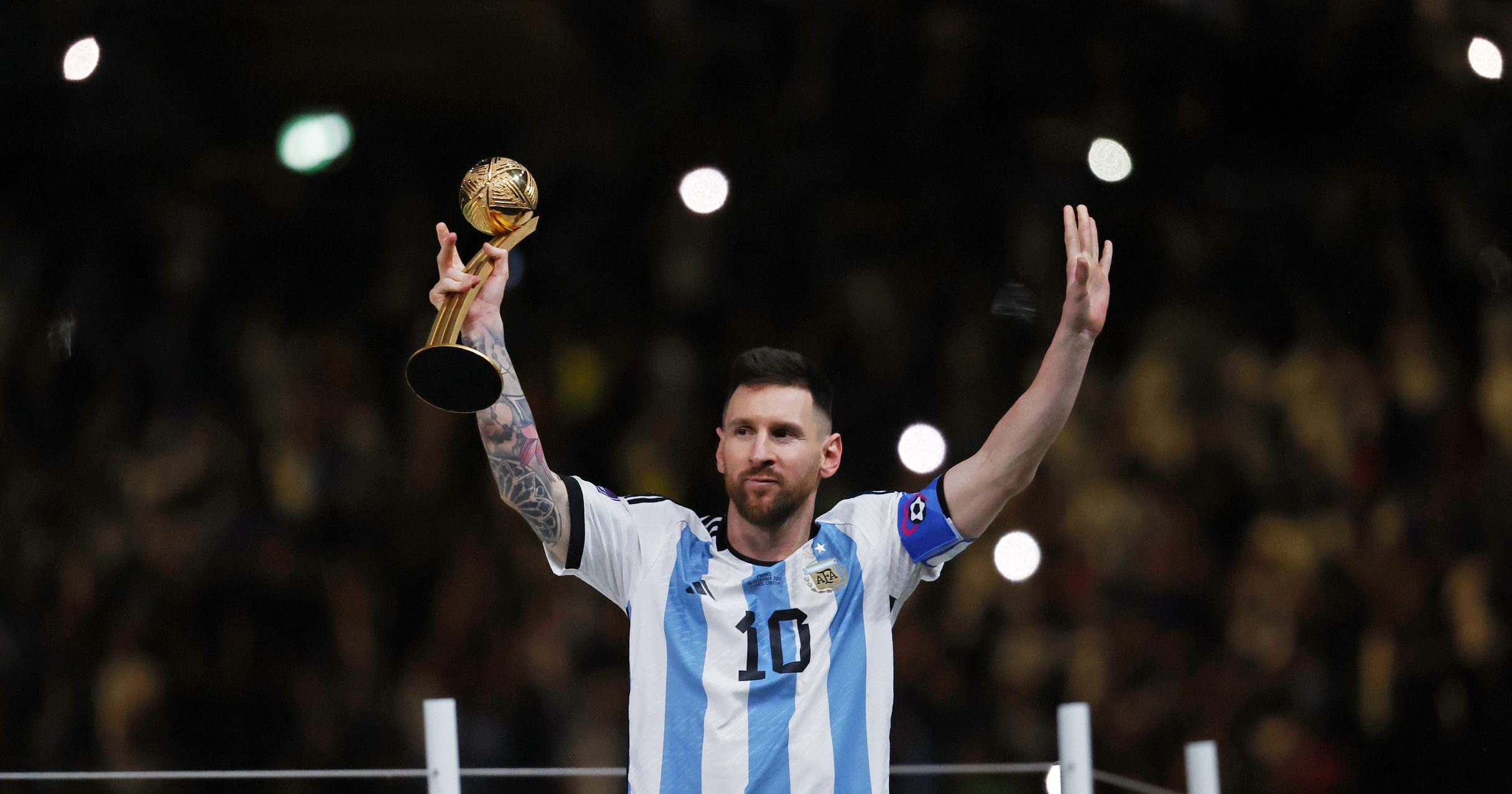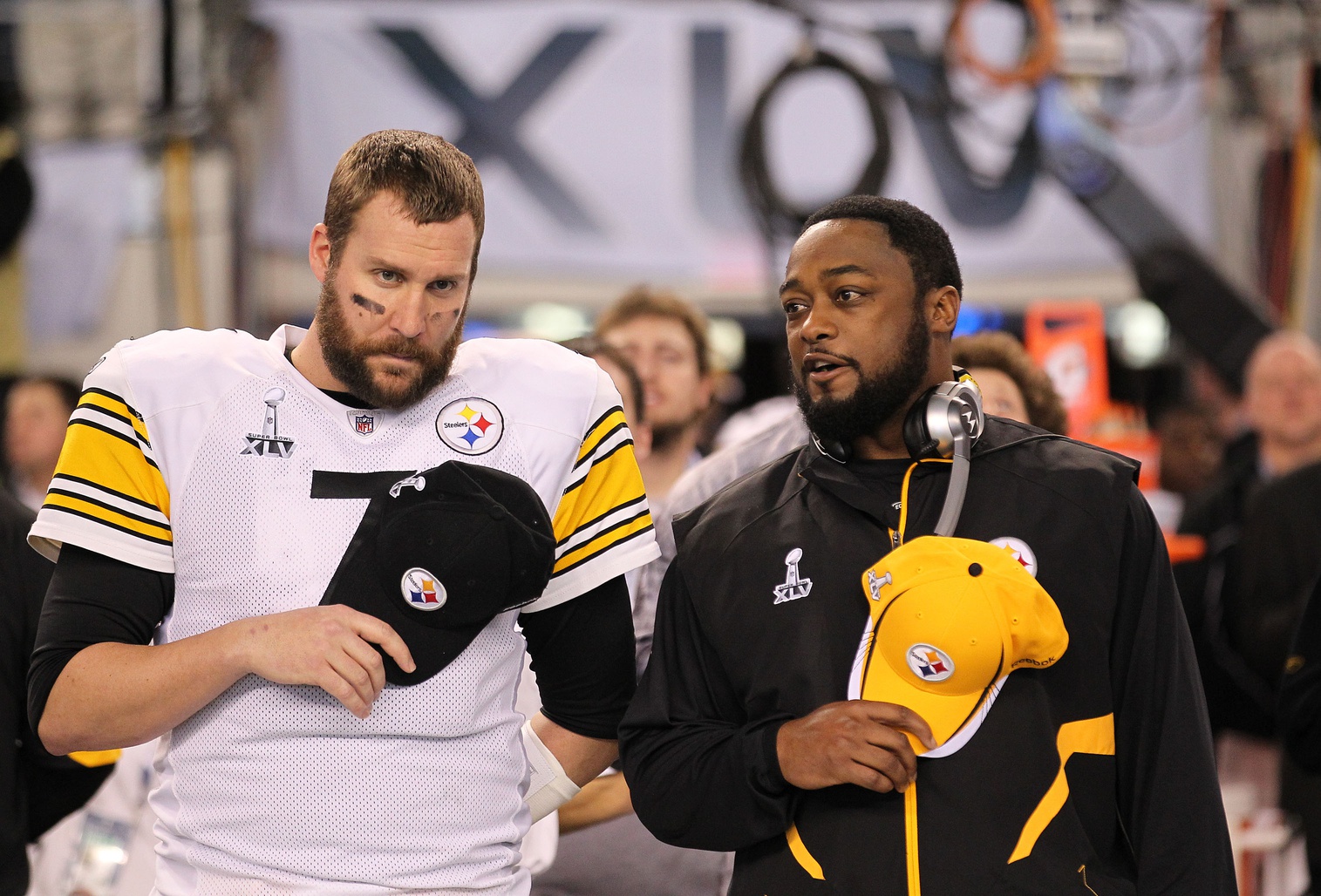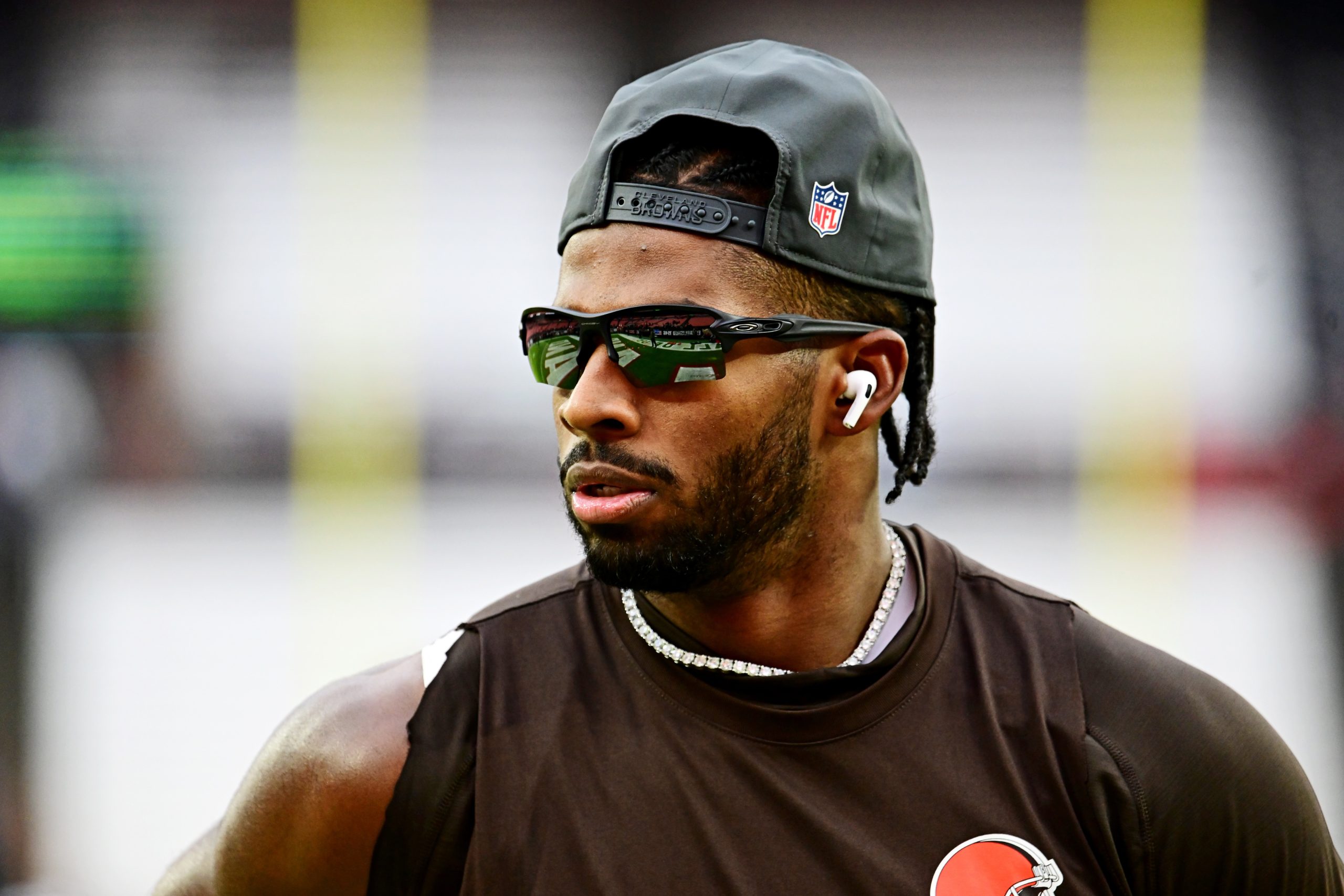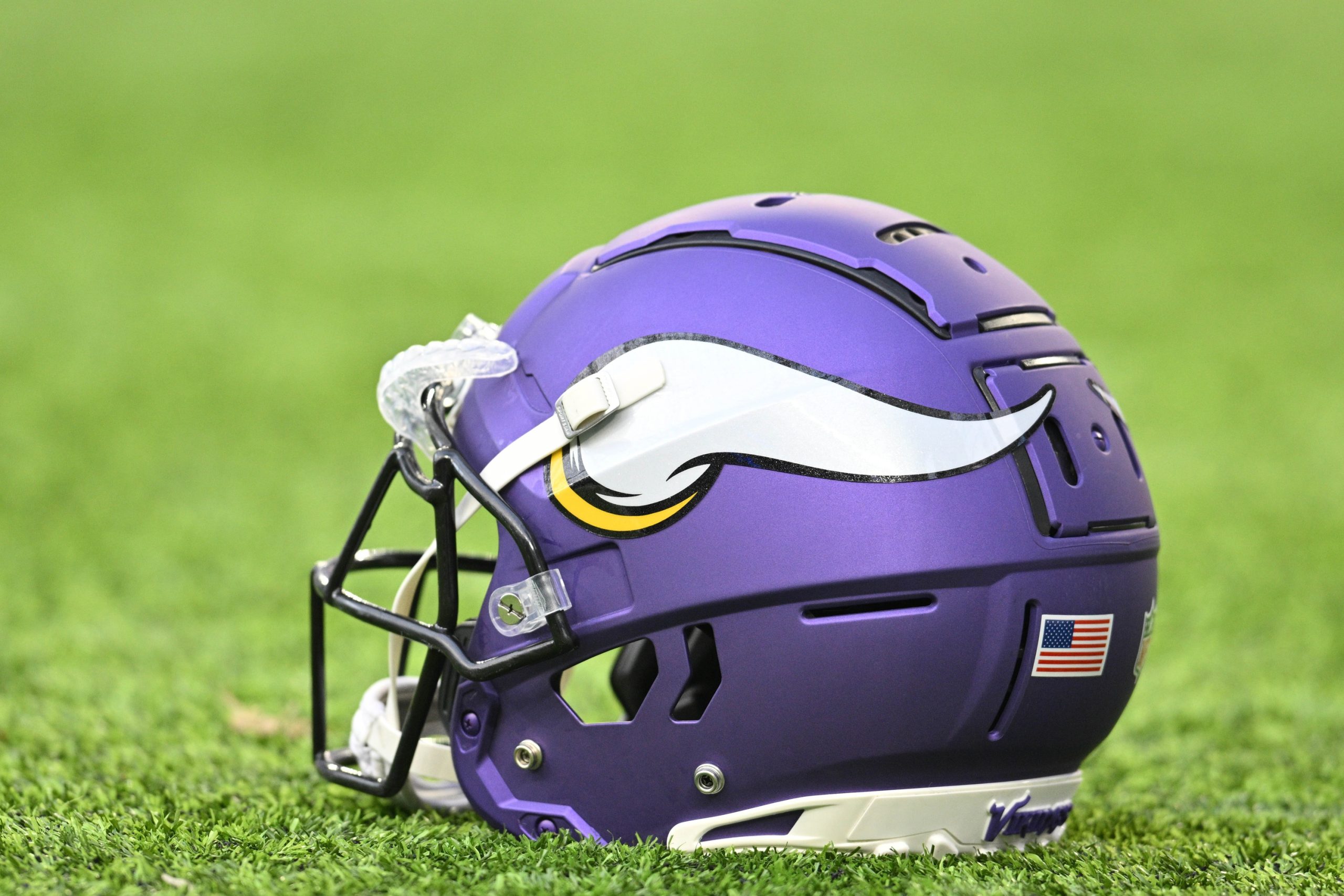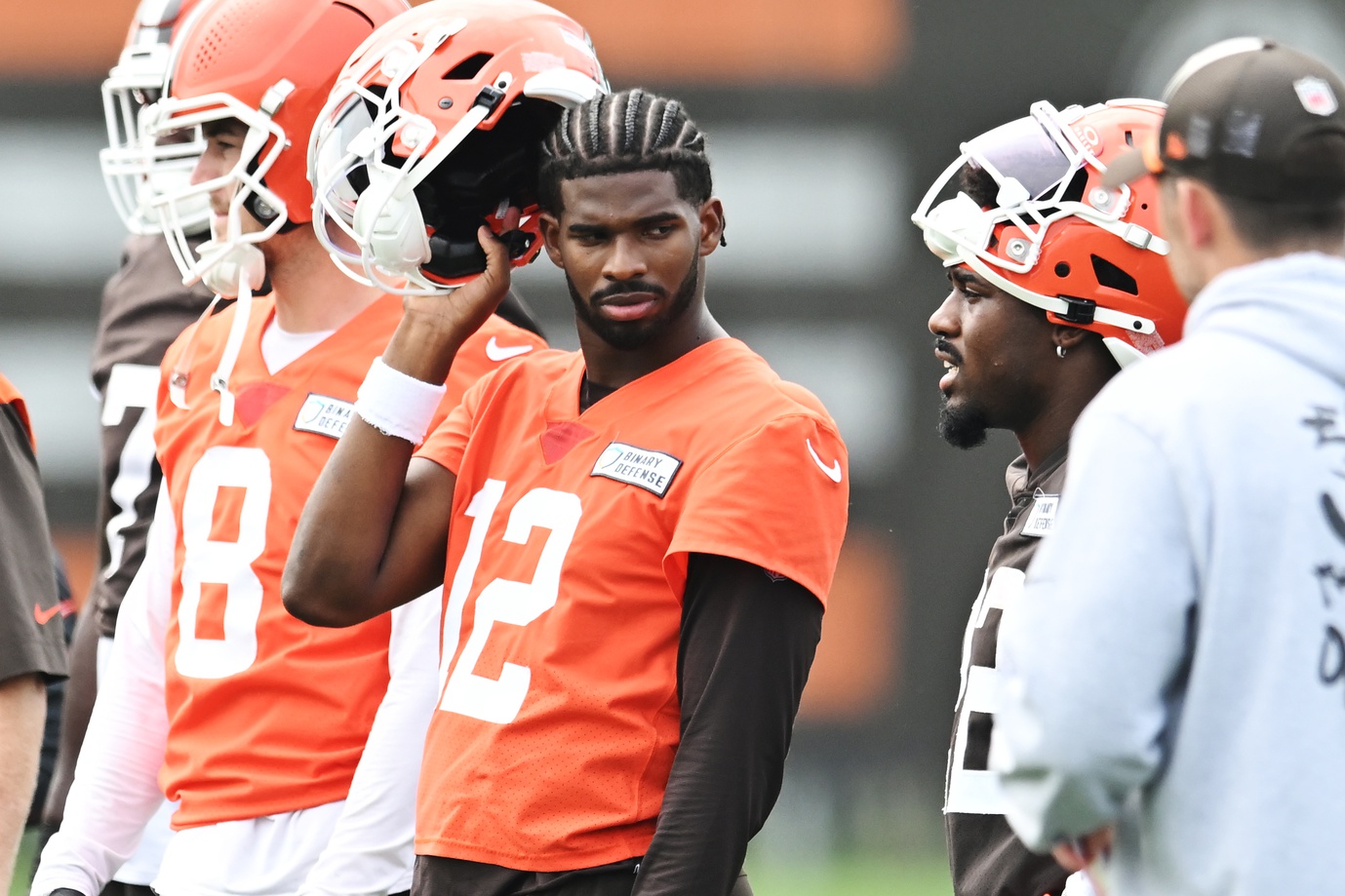FIFA has a problem. This specific problem isn’t corruption, though that’s certainly an issue worth talking about. This specific problem isn’t racism, though that’s certainly worth a conversation too. No, this specific issue is about the 2015 FIFA Women’s World Cup in Canada. Because FIFA is on the verge of ruining it.
Prior to the 2014 World Cup in Brazil (the men’s World Cup), seven new stadiums were built and five stadiums were renovated in order to accommodate the 32 nations that participated in the tournament and the fans from across the globe who traveled to Brazil to watch it all transpire. The estimated cost for those 12 stadiums — new and revamped — was $3.6 billion, according to Forbes.
Which brings us to the problem facing FIFA and the 2015 FIFA Women’s World Cup in Canada. If the tournament were to start today, teams would be playing on artificial turf because the six stadiums in the six host cities throughout the country do not have grass fields.
FIFA’s response to this issue? Nothing.
At the end of last month, players — including Abby Wambach and Alex Morgan — sent a letter to FIFA and tournament organizers. The letter threatened a lawsuit. With good reason too. Anyone who has played soccer on artificial turf knows the difference between artificial and natural. Morgan spoke about this to Sports Illustrated:
Two main reasons stick out to me. The first is that many of the injuries I’ve had in the past have come from artificial turf. Injury prevention is a big thing for me. The second thing is the game is played differently. The bounce on the surface is different, and a lot of players don’t play the same way on turf as on grass, because they don’t want to go down for a slide tackle or do a diving header.”
Yes, it would be possible for FIFA to install grass at these six stadiums before next summer. The New York Times spoke to Trey Rogers, a professor of turf grass management at Michigan State University. He also was the guy who was in charge of replacing artificial turf with real grass at the Pontiac Silverdome prior to the 1994 World Cup.
Here’s an excerpt of Rogers speaking about the 2015 Women’s World Cup, from the New York Times article:
“I know for a fact that it would work,” he said. “But it comes down to, ‘Do they want to do it?’ ”
He added — and this, I think, is the whole point of this debate — “If there’s a will, there’s a way; if there’s enough money, it can be done.”
I already mentioned that FIFA spent $3.6 billion on stadiums for the 2014 World Cup. According to the same New York Times article quoted above, the cost of installing real grass would be $150,000 to $400,000 per field.
To be clear, FIFA is discriminating against women and their World Cup. FIFA would never allow a men’s World Cup to be played on artificial turf. Rogers’ experience in 1994 demonstrates that. But because it’s the women’s World Cup, FIFA has decided to turn a blind eye to this issue.
The money is there. FIFA was estimated to bring in $4 billion from the 2014 World Cup. And even if FIFA doesn’t realize it, the quality of soccer will be there in 2015.
Opinion: Women’s World Cup is the best Soccer of the year. Hey FIFA, they deserve real grass. Put in sod. Hanx
— Tom Hanks (@tomhanks) August 22, 2014
Tom Hanks isn’t exaggerating. Some of the best soccer is played during the women’s World Cup, just watch Alex Morgan or Marta when they have the ball at their feet.
The drama and spectacle is also there.
Asking — nay, telling — the women competing in the 2015 World Cup to play on artificial turf is not only putting players at a higher risk for injury, but it’s also hurting the growth of the game. It’s no secret that women’s soccer doesn’t draw the same kind of numbers — and money — that men’s soccer brings in. In all honesty, the World Cup and the Olympics seem to be the only time people will tune into women’s soccer. In short, it’s an extremely valuable chance for the sport to gain more popularity and viewers. Forcing them to play on a surface they aren’t accustomed to, forcing them to play on a surface that damages the quality of the game, is both selfish of FIFA and discriminatory.
Anyone who has played FIFA’s video games has seen the eye popping “Say No To Racism” signs that are plastered on every corner of every virtual stadium in the game. Anyone who has watched a FIFA soccer match has seen players holding up those same signs.
Maybe it’s time for FIFA to say “no” to sexism and discrimination, too.




